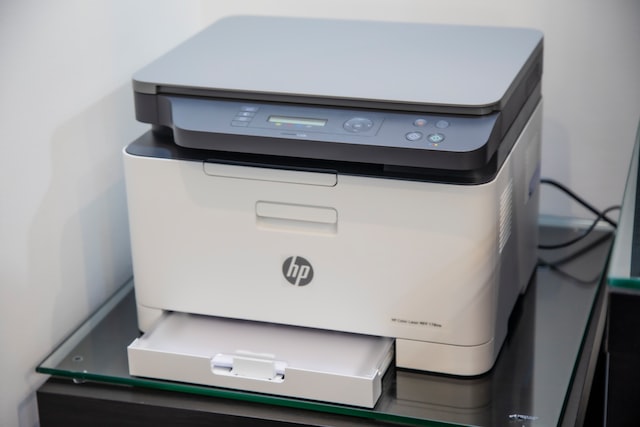When it comes to printer maintenance, there are two main options to consider: repair or replacement. Both options have their advantages and disadvantages, and the decision of which one to choose will depend on a variety of factors. In this blog post, we’ll explore the pros and cons of repairing a printer versus replacing it, and provide guidelines for when it makes sense to invest in repair work versus when it’s time to upgrade.
Repairing a Printer
One of the main advantages of repairing a printer is that it can be a cost-effective solution. If the issue with your printer is relatively minor, such as a clogged print head or a faulty ink cartridge, the repair may be relatively simple and inexpensive. In these cases, it may be more cost-effective to repair the printer rather than replace it.
Another advantage of repair is that it can often be done quickly. If you bring your printer to a repair shop or send it in for service, the turnaround time may be relatively short, depending on the severity of the issue. This can be especially important if you rely on your printer for business purposes and need it back as soon as possible.
However, there are also some disadvantages to consider when it comes to repairing a printer. One potential downside is that the repair may not fix the issue permanently. Depending on the age of the printer and the severity of the problem, the repair may only be a temporary fix, and you may end up dealing with the same issue again in the future.
Another disadvantage is that finding replacement parts for older printers can be difficult. If your printer is no longer being manufactured or if the parts are hard to come by, it may be difficult to find the components needed to repair it. In these cases, replacement may be a more viable option.
Replacing a Printer
One of the main advantages of replacing a printer is that you’ll be getting a brand-new machine with the latest technology. If you’re using an older printer that’s no longer being manufactured or that’s starting to show its age, upgrading to a newer model may be the best choice.
Another advantage of replacement is that you may get a longer lifespan out of a new printer. If you invest in a high-quality machine and take care of it properly, it may last for several years before needing any significant repairs.
However, there are also some disadvantages to consider when it comes to replacing a printer. The upfront cost of buying a new printer can be significant, especially if you’re purchasing a high-end model. This can be a major factor to consider if you’re on a tight budget.
Another potential downside of replacement is the need to dispose of your old printer. Depending on where you live, there may be specific guidelines for how to properly dispose of electronic waste. It’s important to be aware of these regulations and follow them to ensure that your old printer is disposed of responsibly.
How to Decide
So, how do you decide whether to repair or replace your printer? Here are a few factors to consider:
Age of the printer: If your printer is relatively new and the issue is minor, repair may be the way to go. On the other hand, if your printer is several years old and starting to show its age, replacement may be a more cost-effective solution in the long run.
Frequency of use: If you use your printer on a daily basis for business purposes, it may be worth investing in a high-quality machine that will last for several years. However, if you only use your printer occasionally for personal use, you may be able to get by with a less expensive model.
The severity of the issue: If the issue with your printer is minor, such as a clogged print head or a faulty ink cartridge, repair may be a viable option. However, if the issue is more severe, such as a broken motherboard or a faulty power supply, the cost of repair may be more expensive than simply replacing the printer.
Cost of repair versus replacement: This is often the most important factor to consider when deciding whether to repair or replace your printer. If the cost of repair is significantly less than the cost of replacement, it may make sense to go with the repair option. However, if the cost of repair is close to or higher than the cost of replacement, it may be more cost-effective to invest in a new printer.
Conclusion
In conclusion, deciding whether to repair or replace your printer will depend on a variety of factors, including the age of the printer, the frequency of use, the severity of the issue, and the cost of repair versus replacement. It’s important to weigh your options carefully and consider the long-term costs and benefits before making a decision.



